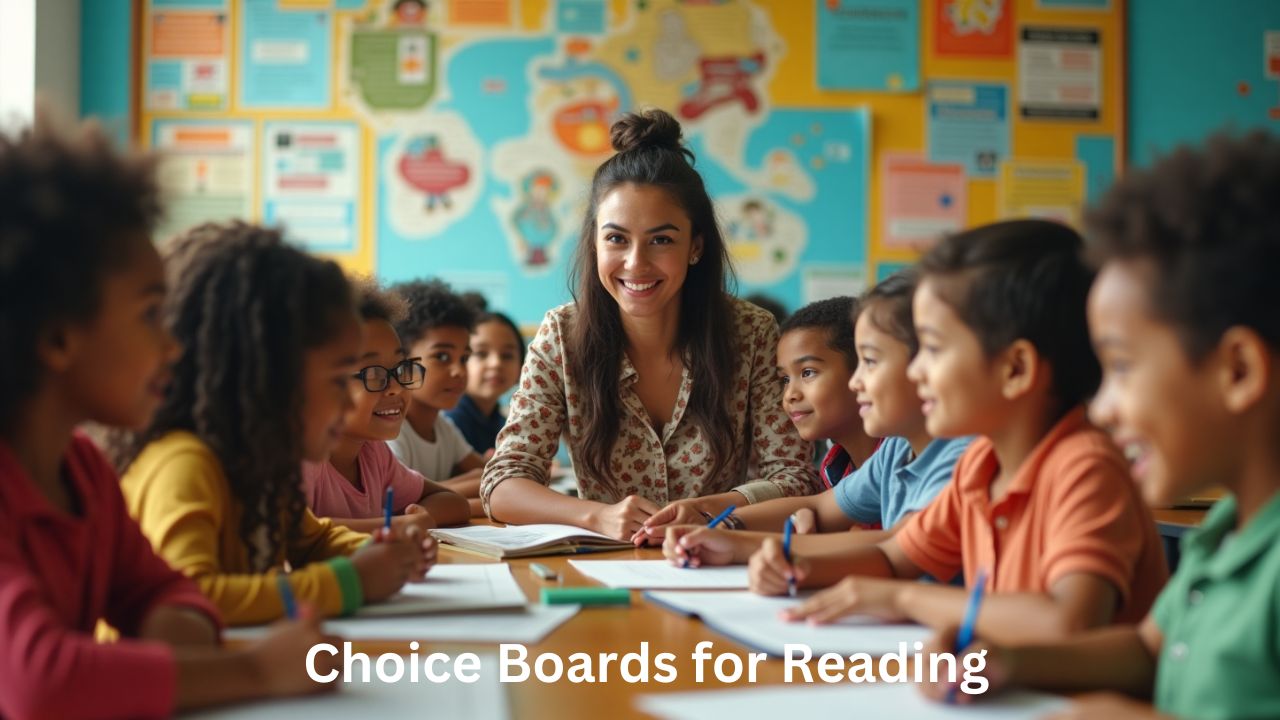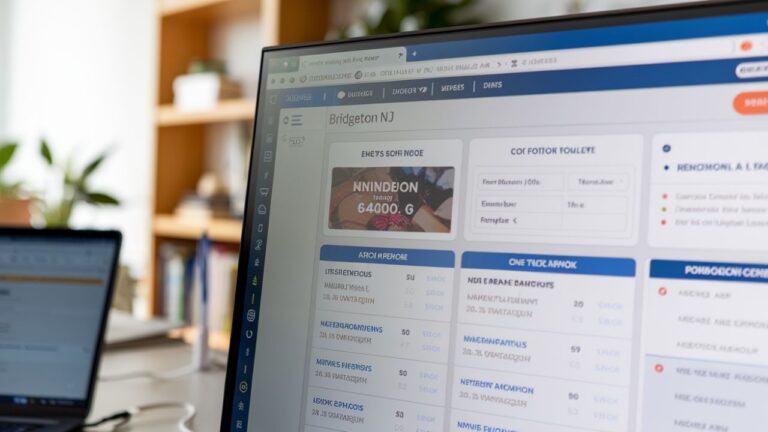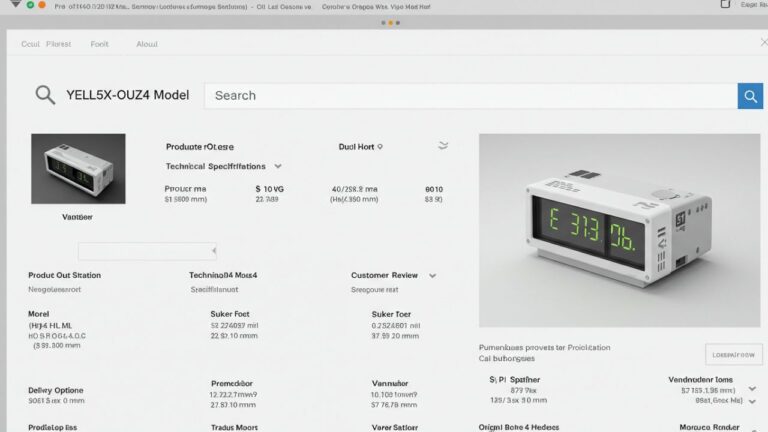
Choice Boards for Reading
Introduction: Exploring the Power of Choice Boards for Reading
Teachers across classrooms increasingly use choice boards for reading to engage students and personalize instruction. These boards transform how students approach reading tasks by offering structured yet flexible activity options. Rather than assigning a single task, teachers create grids that allow learners to pick from several meaningful activities. Consequently, choice boards encourage independence, creativity, and deeper comprehension.
By integrating reading strategies with student preferences, choice boards bridge the gap between instructional goals and learner interests. Although students may share the same text, they process content uniquely. Therefore, offering options fosters ownership of learning. Not only do students engage more fully, but they also improve critical thinking and comprehension skills.
What Are Choice Boards for Reading?
Choice boards for reading consist of grids or visual organizers presenting multiple activity choices tied to reading comprehension goals. Typically, each box within the board contains one task. Students complete one or more tasks based on instructions, which may include completing a row, column, or diagonal.
Educators align each activity with various learning styles and cognitive levels. For example, one box may focus on summarizing, while another emphasizes creative expression. This method provides autonomy while maintaining academic rigor. Additionally, it enables teachers to differentiate content without lowering expectations or creating excessive planning workload.
The Benefits of Using Choice Boards in Literacy Instruction
Implementing choice boards for reading offers multiple benefits in literacy instruction. First and foremost, students feel empowered to direct their learning. When learners make choices, they feel invested in outcomes. This boosts motivation and engagement, particularly for reluctant readers.
Second, choice boards promote differentiated instruction. Since every student learns differently, uniform assignments often fail to meet diverse needs. Through choice boards, teachers accommodate visual, auditory, and kinesthetic learners simultaneously. In fact, students often exceed expectations when they approach content in ways that reflect personal strengths.
Moreover, these boards support higher-order thinking. Many activities challenge learners to analyze, synthesize, or evaluate information. Students also strengthen creativity and communication skills through expressive tasks like drawing, storytelling, or creating digital presentations.
How to Create Effective Choice Boards for Reading
Designing choice boards for reading begins with defining instructional goals. Teachers identify what comprehension skills or standards they want students to practice. These may include inferencing, summarizing, identifying themes, or comparing characters.
Next, educators select or create tasks that address each skill in different formats. For instance, if the goal involves understanding character motivation, one task may ask for a written paragraph, while another invites students to design a character’s diary entry. Each option should target the same objective but through a unique lens.
Balance is crucial. Teachers should offer a mix of tasks that vary in complexity and modality. Furthermore, they must provide clear instructions for each activity. Students should not feel confused or overwhelmed when choosing a task.
Sample Activities for Reading Choice Boards
To illustrate, here are examples of engaging tasks that might appear on a reading choice board:
-
Write a Letter to a Character: Express advice or ask questions about decisions the character made during the story.
-
Create a Comic Strip: Illustrate key events or conflicts using visuals and captions.
-
Build a Story Timeline: Use words or pictures to sequence events in chronological order.
-
Design a Book Cover: Imagine the book needs a new cover and explain your design choices.
-
Write a News Article: Report a major event from the story as if you’re a journalist covering it.
-
Create a Vocabulary Map: Choose five new words and define them with images and examples.
-
Act It Out: Reenact a scene and explain how it connects to the story’s theme.
-
Compare and Contrast: Use a Venn diagram to compare two characters or settings.
-
Make a Reading Playlist: Choose songs that match moments from the story and explain your reasoning.
These tasks address varied learning styles and challenge students to connect with the text in multiple ways.
Implementing Choice Boards in Different Grade Levels
Choice boards for reading adapt easily across elementary, middle, and high school levels. In elementary classrooms, teachers often provide more visual supports and simplified language. Younger students enjoy drawing scenes, creating puppets, or building story maps. Activities stay short and focused on basic comprehension.
Middle school students benefit from tasks that develop analytical thinking. At this stage, activities may include writing persuasive essays about characters’ actions or comparing themes across texts. Teachers often encourage collaboration, allowing students to complete projects in pairs or small groups.
High school learners explore more complex literature and higher-order thinking. Boards might include debates, research assignments, multimedia presentations, or cross-curricular links. Although the structure remains similar, the depth of analysis and required effort increases.
Strategies for Managing Choice Board Assignments
Effective classroom management ensures success when implementing choice boards for reading. Begin by modeling expectations. Teachers should walk students through the process of selecting tasks and planning their time.
Next, use rubrics for assessment. Providing clear criteria helps students understand how their work will be evaluated. Additionally, it encourages them to meet learning goals regardless of which task they choose.
Teachers should also monitor progress through check-ins or mini-conferences. These allow instructors to offer feedback and ensure students stay on track. Digital tools like Google Classroom or Seesaw also support submission, tracking, and grading.
Moreover, consider offering both independent and collaborative choices. Some students thrive working alone, while others gain energy from peer discussion. Offering both ensures equity and fosters classroom community.
Integrating Technology with Reading Choice Boards
Technology can elevate choice boards for reading by offering interactive, multimedia-rich experiences. Digital boards may include links to videos, online quizzes, or creative tools. For instance, students can use Canva to design a book cover or Flipgrid to record video reflections.
Moreover, tools like Padlet or Jamboard allow students to post thoughts, respond to prompts, or work collaboratively in real time. These options encourage tech fluency while deepening comprehension. Teachers can also embed audio instructions to support diverse learning needs.
Educational platforms like Book Creator, Adobe Express, and Edpuzzle expand possibilities even further. These apps enable students to create digital books, visual stories, or annotated video discussions. Technology bridges classroom learning with real-world application, preparing students for modern literacy demands.
Addressing Learning Goals and Standards Through Choice Boards
Although choice boards encourage creativity, they still must align with learning standards. Teachers should backward plan—starting with standards, then designing tasks. This ensures all students engage with required content, regardless of the activity they select.
Choice boards address multiple domains: comprehension, vocabulary, fluency, and literary analysis. For example, a task asking students to summarize supports key comprehension standards. Another task that involves identifying symbolism meets literary analysis benchmarks.
Assessment rubrics should also reflect standards-based language. Teachers can tailor feedback around the use of text evidence, understanding of theme, or word choice. This alignment preserves academic rigor while honoring student voice and choice.
Encouraging Independent Reading with Choice Boards
Many educators pair choice boards with independent reading programs. Students select their own books, then complete choice board tasks based on those selections. This method encourages authentic reading experiences, free from test pressure.
Teachers may create genre-specific boards, allowing students to choose activities tailored to mystery, historical fiction, or nonfiction. Alternatively, some boards focus on reading strategies like predicting, connecting, or questioning.
This model promotes a reading culture that values personal interest and exploration. It helps students view reading as enjoyable and meaningful rather than merely academic.
Supporting Diverse Learners Through Choice Boards
Choice boards provide built-in differentiation, which supports a wide range of learners. English language learners (ELLs) benefit from tasks involving visuals, sentence frames, or audio options. Struggling readers can select less text-heavy activities while still engaging with comprehension skills.
Students with learning disabilities may require accommodations. Teachers can offer simplified instructions, visual organizers, or extended time. Additionally, choice boards support gifted students by providing extension opportunities that challenge critical thinking.
This flexible structure allows educators to meet every student where they are. With thoughtful design, choice boards become a powerful equity tool in literacy instruction.
Overcoming Challenges with Choice Board Implementation
While choice boards offer many benefits, they come with challenges. Some students may feel overwhelmed by options. Teachers can reduce cognitive load by starting with smaller boards or limiting available tasks initially.
Assessment also requires thoughtful planning. Without clear rubrics, grading can become inconsistent. Teachers must define expectations and provide models to maintain quality.
Additionally, time management presents obstacles. Students may procrastinate or rush tasks. Educators can schedule progress checkpoints or assign due dates for each completed box to ensure accountability.
Despite these hurdles, consistent practice helps students and teachers navigate the system with ease. Over time, the classroom culture adjusts, and choice becomes second nature.
Encouraging Reflection and Metacognition
After completing tasks, students benefit from reflecting on their choices and outcomes. Teachers can guide this process using prompts like:
-
What activity helped you understand the text best?
-
What challenges did you face while completing your choice?
-
How did your task connect to the reading theme?
Reflection fosters metacognition, helping students become aware of how they learn. It also provides insight for teachers to improve future boards and scaffold instruction effectively.
Future Trends in Literacy Instruction Using Choice Boards
As education evolves, so do instructional tools. Choice boards continue to grow in popularity due to their adaptability and effectiveness. Future trends suggest more digital integration, personalized learning pathways, and data-driven customization.
Educators may begin using AI to suggest tasks based on student performance or preferences. Platforms might generate dynamic boards that update in real time based on formative assessment. Moreover, gamification may increase engagement by rewarding completed tasks with points, badges, or levels.
Choice boards align perfectly with competency-based education models. As students demonstrate mastery through tasks, they advance at their own pace. These boards will likely remain essential tools in literacy instruction for years to come.
Conclusion
Choice boards for reading revolutionize literacy instruction by combining structure with flexibility. They engage students, honor diverse learning needs, and promote deep comprehension. Teachers gain a powerful strategy to deliver differentiated instruction without sacrificing academic standards.
When implemented thoughtfully, choice boards foster student agency, creativity, and confidence. They help transform reading into an interactive, meaningful, and joyful experience. As classrooms continue to evolve, choice boards will remain key to nurturing lifelong readers and critical thinkers.







